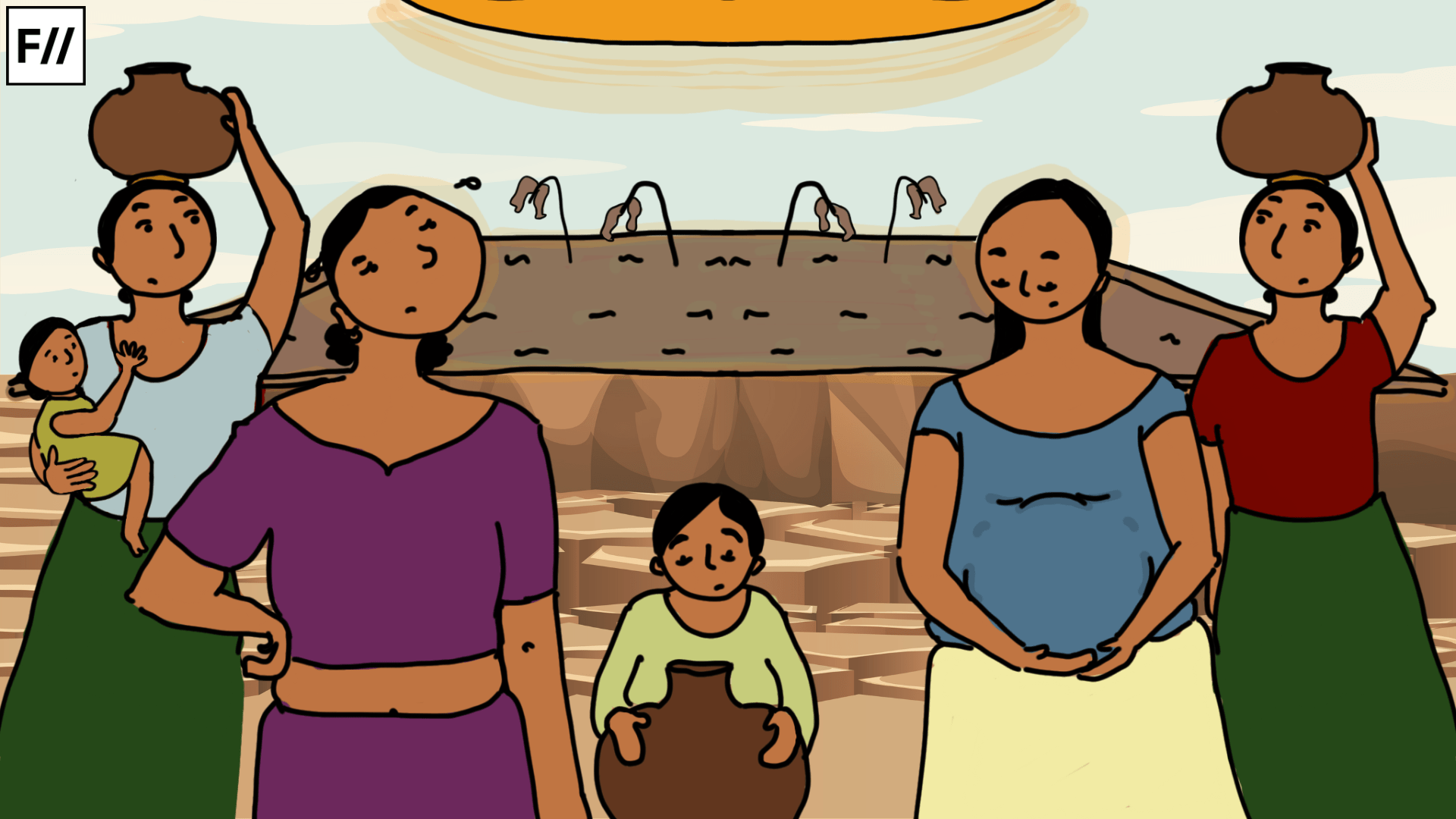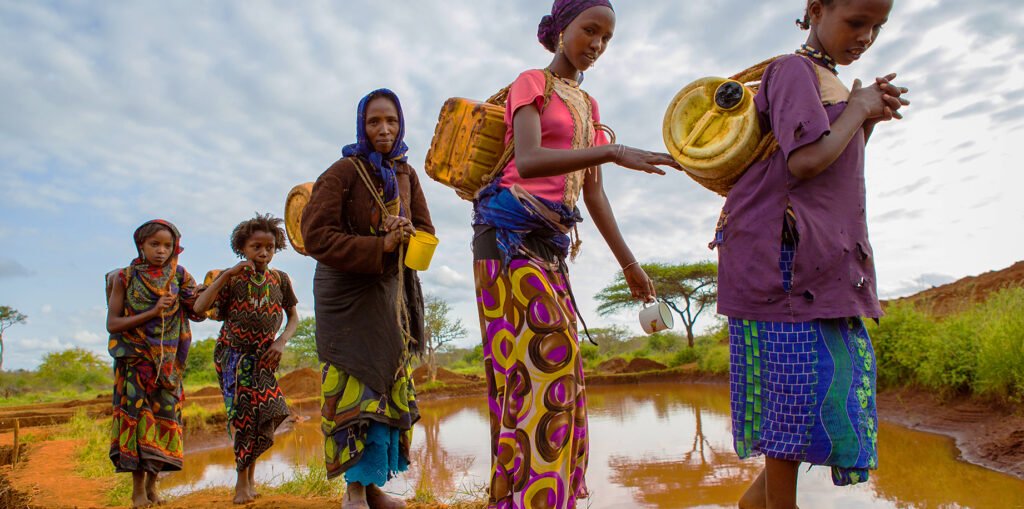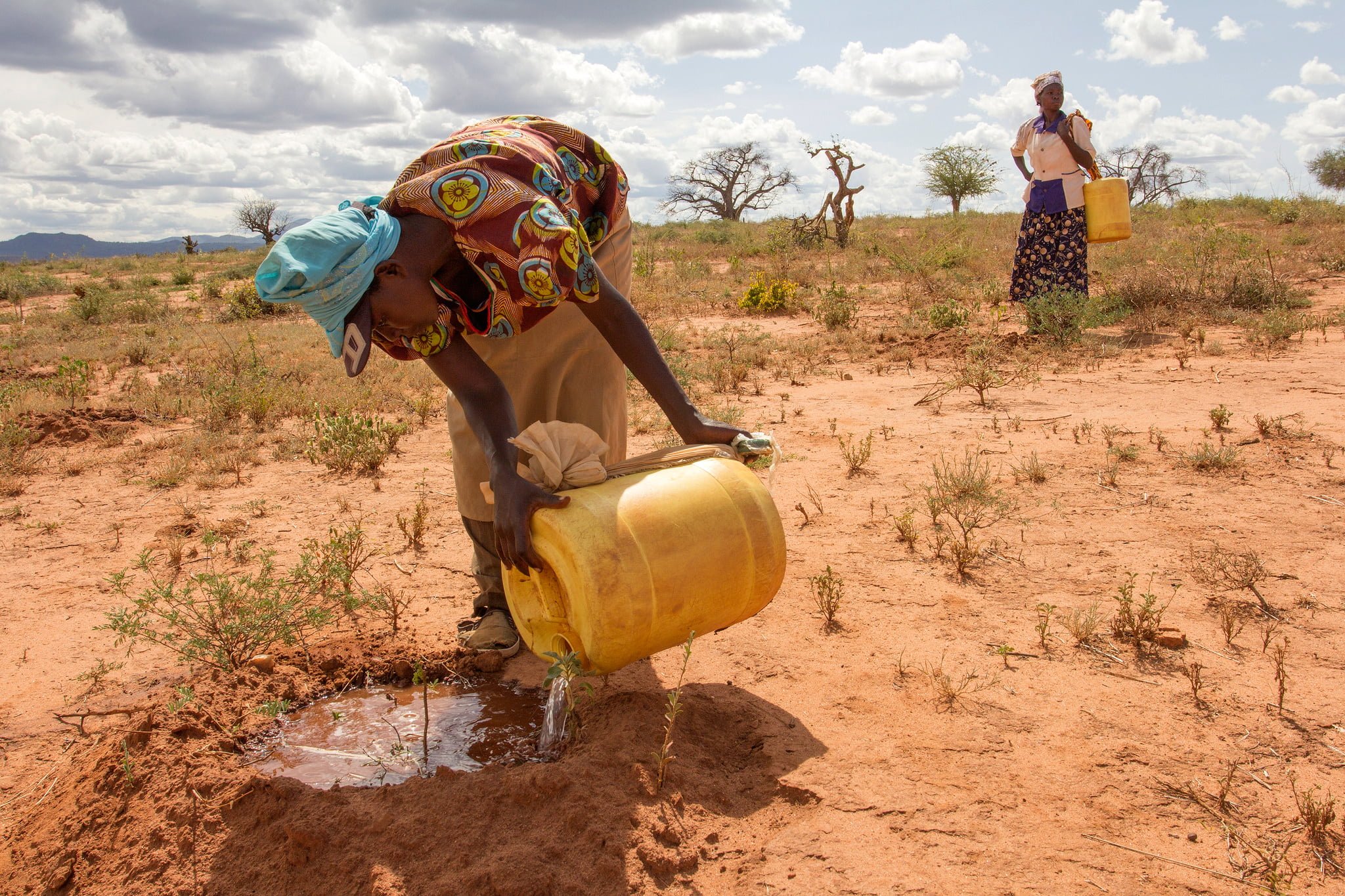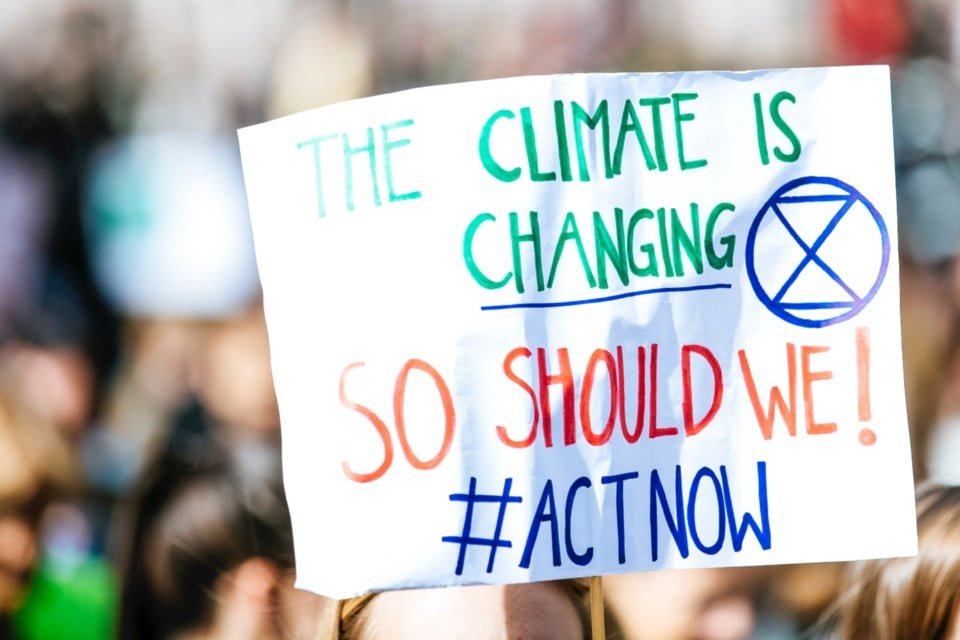In 2017, a film was released named Kadvi Hawa, which depicted the life of a farmer who had taken a loan from the bank for agriculture but unfortunately, due to crop failure, he is now in distress and unable to repay the loan. The film depicts the misery of farmers in a drought-prone region of Chambal which ultimately costs the life of the farmer.
This film is not the product of imagination; it is the harsh reality of thousands of poor farmers in the Bundelkhand, Chambal and Vidarbha regions of India, where thousands of farmers have died by suicide and have been in prolonged distress. There are multiple reasons behind this suffering. Some can blame government policy, and some can question the unsustainable practice of farmers in agriculture, but the accurate picture can only be seen through the prism of climate change.
Some can blame government policy, and some can question the unsustainable practice of farmers in agriculture, but the accurate picture can only be seen through the prism of climate change.
Climate change has always been a hot topic among scholars. At first, climate change was perceived as a typical occurrence involving gradual alterations in temperature and weather conditions. However, the expanding scope of human activities, leading to the release of greenhouse gasses (GHGs), has accelerated global warming.
According to the report published by the Intergovernmental Panel on Climate Change (IPCC), anthropogenic activities since 1850-1900 contributed approximately to a temperature increase of 1.10 °C. They scientifically predicted that in the next 20 years, the global temperature would exceed by 1.50 °C
Unveiling the hidden question: climate change
Now, the inquiry emerges regarding the connection between farmer suicides and climate change. What factors contribute to the disproportionate prevalence of farmer suicides in certain regions compared to others? Why do some areas exhibit greater vulnerability to the impacts of climate change while others are less affected? Addressing these questions necessitates consideration of the concept of climate justice. Understanding climate justice requires an examination of climate injustice.
Given that the factors driving climate change are not uniformly distributed across the globe—some countries contribute more greenhouse gas emissions than others—the repercussions of climate change are unevenly felt across regions, societies, races, genders, and beyond. Climate justice encompasses various dimensions, posing critical inquiries such as: who will bear the brunt of climate change impacts, what is truly at stake, what measures are imperative in confronting climate change, and who bears responsibility for taking action?
Scholars and activists are increasingly drawing connections between climate change and racial injustices, intertwining discussions of racial justice with climate justice, and emphasising the importance of intergenerational justice. Disregarding these aspects constitutes a violation of fundamental human rights.
Layers of injustice: unpacking the international, intra-societal, and intergenerational dimensions of climate justice
The concept of climate justice can be seen according to the injustices that rely on international inequities, intra-societal injustice and intergenerational injustice. International injustices are seen through the prism of the developmental gap between the Global North and Global South, or we can say the debate surrounding the “developed” and the “developing” world in which developed countries in the past have grown at the cost of developing countries through industrialisation and a higher rate of carbon emission.
However, the impact is highly faced by the people of developing world in the form of extreme weather events, floods, droughts etc. The principles like ‘polluter pay principles’ and ‘common but differentiated responsibilities’ can be applied to global injustices. According to the Emission Gap Report published by UNEP, the per capita GHG emission is highest in the USA and Russian Federation, respectively.
Intra-societal injustices highlight the concept of intersectionality, illustrating how within societies, climate change disproportionately affects individuals based on factors such as wealth, poverty, gender, and race. This differential impact renders certain groups, characterised by specific gender identities, economic capabilities, and racial backgrounds, particularly vulnerable to the effects of climate change. Civil rights and climate justice movements are increasingly addressing these intra-societal injustices.
Inter-generational justice concerns the well-being of future generations who will bear the consequences of fossil fuel consumption and greenhouse gas emissions from current and past generations. The present generation holds a greater responsibility to safeguard environmental rights for future generations.
Climate change impacts every aspect of human life, exacerbating poverty in societies and perpetuating inequalities, thereby infringing upon the fundamental right to a dignified existence.
Climate change impacts every aspect of human life, exacerbating poverty in societies and perpetuating inequalities, thereby infringing upon the fundamental right to a dignified existence. Climate change-induced floods and droughts jeopardise the right to food and the right to life, resulting in widespread malnutrition and loss of life for countless individuals. Climate change represents a violation of human rights in its entirety.
Human rights transcend abstract notions like liberty, equality, and security; they constitute entitlements and serve as the cornerstone for various social endeavors aimed at achieving these objectives. Human rights are not mere aspirations or ideals; they are legitimate claims that are inherent to every individual by virtue of their humanity, distinct from other justifications such as fairness, utility, divine allocation, or contractual agreements that underpin the acquisition of goods, services, and opportunities.
Unmasking racial injustice: the case of hurricane Katrina and intersectionality
Examining a case study of New Orleans, we observe how Hurricane Katrina unfolded as a racial injustice intertwined with intersectionality during the disaster. Situated near the Gulf of Mexico coast in Louisiana, New Orleans faced the wrath of Hurricane Katrina in August 2005, marking it as the deadliest disaster in US history. The catastrophic event claimed thousands of lives, obliterated communities, and displaced numerous individuals.
However, the impact of Katrina was not uniform across all demographics. The Black African American community emerged as the most vulnerable group, highlighting how climate injustice, along with factors such as race, class, and poverty, detrimentally affected people’s human rights. According to a report by the Center for Social Inclusion, African Americans constituted nearly 70% of the storm’s impoverished victims, with communities of color representing approximately 80% of the flooded areas’ population in New Orleans.
In her book What Climate Justice Means and Why We Should Care, E. Cripps sheds light on the racial implications of disasters. She illustrates Hurricane Katrina as a disaster that was distinctly racialised rather than natural. The vivid images depict black victims being abandoned to perish, while Black Americans attempting to flee were obstructed from accessing predominantly white areas. Following the hurricane, amidst the city’s turmoil, New Orleans police shot four African Americans on the Danziger Bridge, resulting in two fatalities and two injuries, one of whom had severe mental disabilities. Although the police claimed self-defense, they were later accused of a cover-up, leading to the incarceration of five officers.
The vivid images depict black victims being abandoned to perish, while Black Americans attempting to flee were obstructed from accessing predominantly white areas.
These case studies demonstrate how the impacts of climate change result in racial discrimination against individuals, rendering them more susceptible during times of disaster. Additionally, it is crucial to acknowledge the intersectionality of various identities, revealing how different groups experience disparate effects during climate-induced disasters. For instance, queer black women may encounter distinct challenges and heightened vulnerability compared to their white counterparts amidst such disasters.
The way forward
Anthropogenic climate change affects every corner of the globe, exacerbating global inequality and leaving nations and populations vulnerable to its impacts. Developed countries, which have historically benefited from the Industrial Revolution, often fail to make substantial concessions regarding their ongoing carbon emissions, while developing nations remain reliant on fossil fuel usage for their progress. This lack of commitment to social responsibility perpetuates climate injustices, underscoring the need for collective action from all parties to advance climate justice universally.
Human rights and climate justice are intrinsically linked; they cannot be pursued independently. Upholding racial and gender justice is integral to achieving climate justice, which is a fundamental right inherent to all individuals. When considering climate justice, it is crucial to recognise intersectionality. The repercussions of climate change, including frequent pandemics and epidemics, disproportionately affect marginalised social groups and nations, as evidenced by the Covid-19 pandemic, which predominantly impacted underprivileged communities and developing or least-developed countries.
Embracing sustainable development principles can facilitate climate justice by ensuring intergenerational equity and promoting responsible consumption and production practices. Both government and civil society have pivotal roles to play in safeguarding human rights and advancing climate justice.








